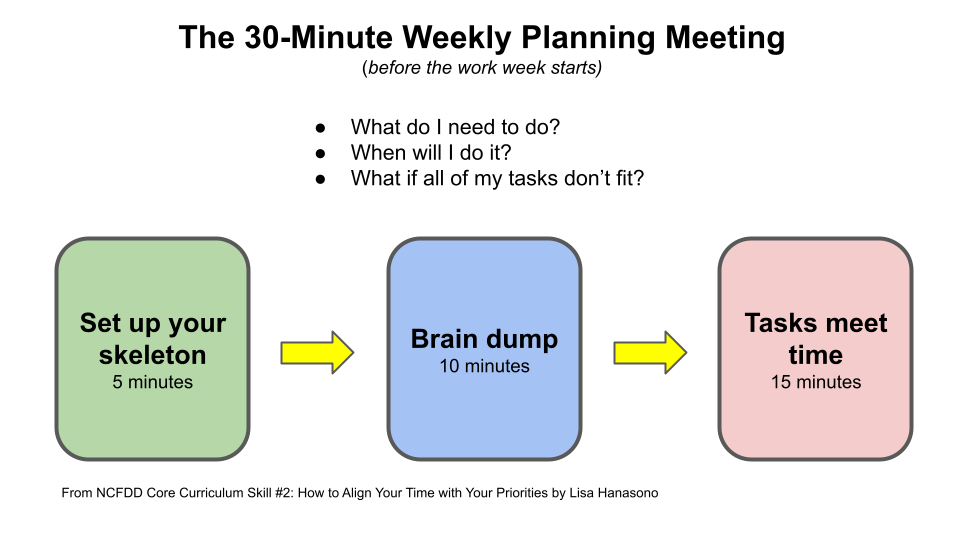At all levels, example-based reasoning is central to learning and understanding mathematics. In particular, canonical examples-those which can be used to represent an entire class of objects that possess certain properties-are especially valuable in understanding new mathematical concepts. Mathematicians have been shown to productively leverage example-based reasoning for a variety of mathematical activity, such as conjecturing (Lockwood et al., 2016), proof validation (Weber, 2008), and understanding new mathematical concepts (Wilkerson-Jerde & Wilensky, 2011). Moreover, mathematics education literature has shown that mathematicians are able to more productively utilize examples than undergraduate students (Lynch & Lockwood, 2019). The primary difference between there groups was mathematicians were better at coordinating the purpose of the example with their strategy for utilizing it.
This literature leads to a meaningful question: What is the purpose of a canonical example? As mentioned above, canonical examples are able to be used as a representation for an entire class of objects or examples. For instance, the absolute value function serves as a canonical example for a continuous function that is not differentiable, highlighting the specific property that corners and cusps will lead to points of non-differentiability. What makes such an example so powerful is that one single example can capture a lot of rich mathematical ideas and properties. However, the strength of canonical examples also comes with caveats, because one example will not represent every general property perfectly. For instance, using a strictly increasing sequence for an example of a sequence that does not converge, may lead one to think incorrectly believe that all strictly increasing sequences are divergent.
Beyond using canonical examples for mathematical understanding, considering such examples can be productive for teaching mathematics. When teaching a mathematics course, examples are constantly being utilized. These could be simple examples of what group is, or even specific examples of proof techniques or problem solving heuristics. As teachers, we have an opportunity to choose and consider what problems and examples we utilize in the classroom. By choosing certain examples, we can guide our students to construct meaningful (to them) canonical examples for the various concepts in the course. This is something worth considering when designing course materials for teaching.
References
Lockwood, E., Ellis, A. B., & Lynch, A. G. (2016). Mathematicians’ example-related activity when exploring and proving conjectures. International Journal of Research in Undergraduate Mathematics Education, 2, 165-196.
Lynch, A. G. & Lockwood, E. (2019). A comparison between mathematicians’ and students’ use of examples for conjecturing and proving. The Journal of Mathematical Behavior, 53, 323-338.
Weber, K. (2008). How mathematicians determine if an argument is a valid proof. Journal for Research in Mathematics Education, 39, 431-459.
Wilkerson-Jerde, M. H., & Wilensky, U. J. (2011). How do mathematicians learn math?: Resources and acts for constructing and understanding mathematics. Educational Studies in Mathematics, 78(1), 21-43.



